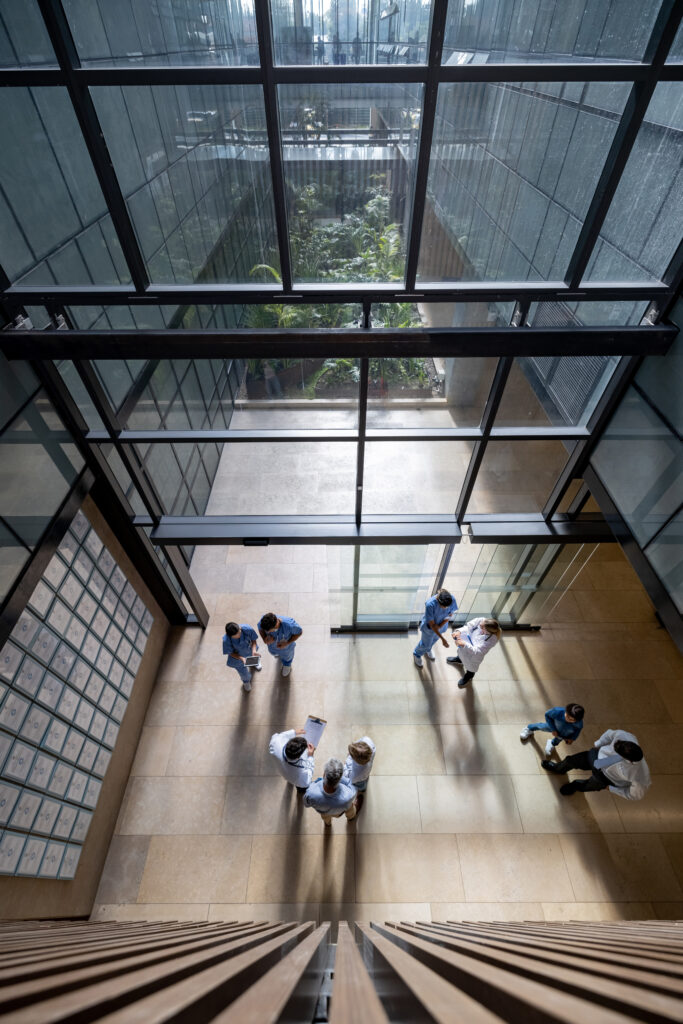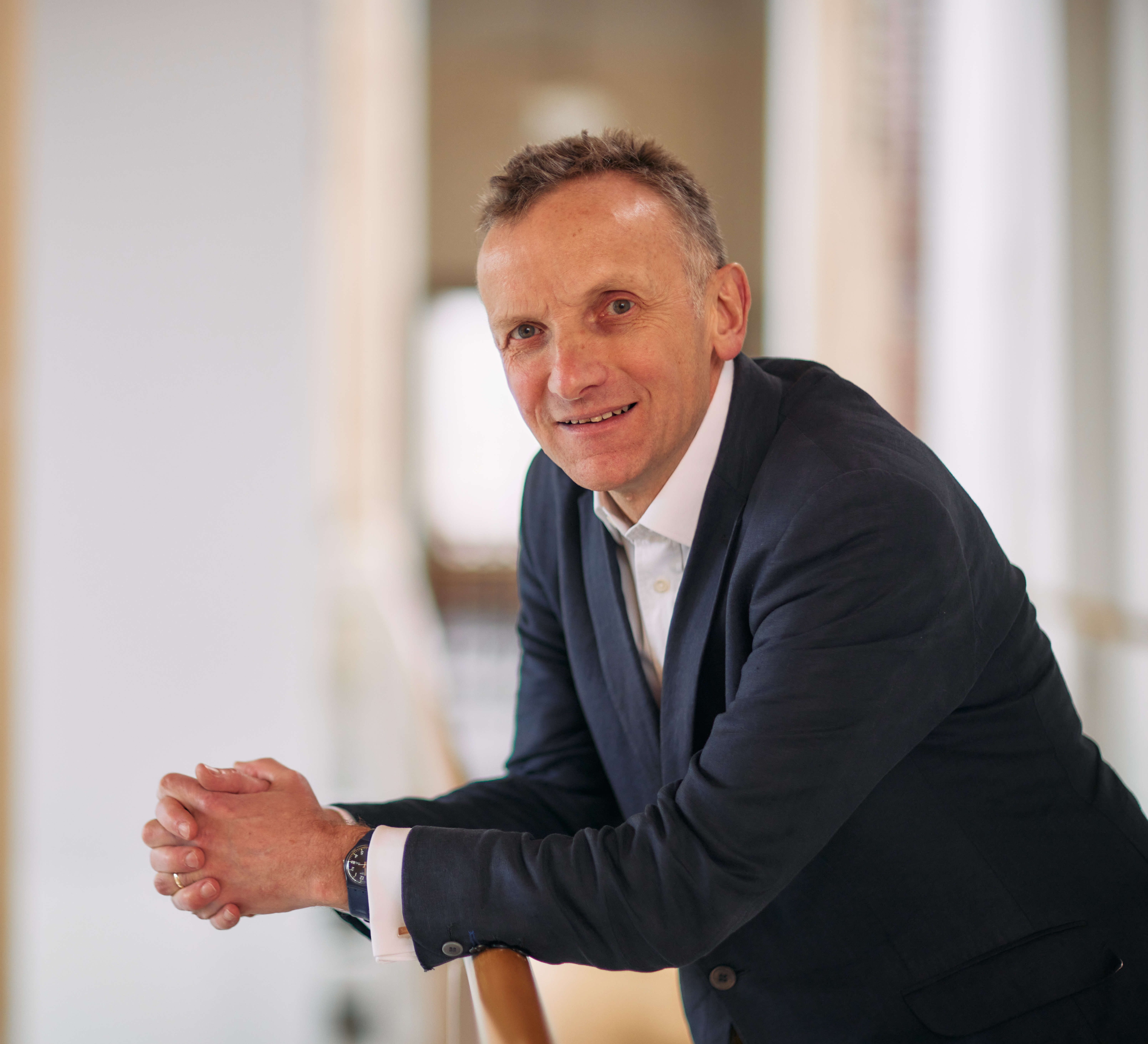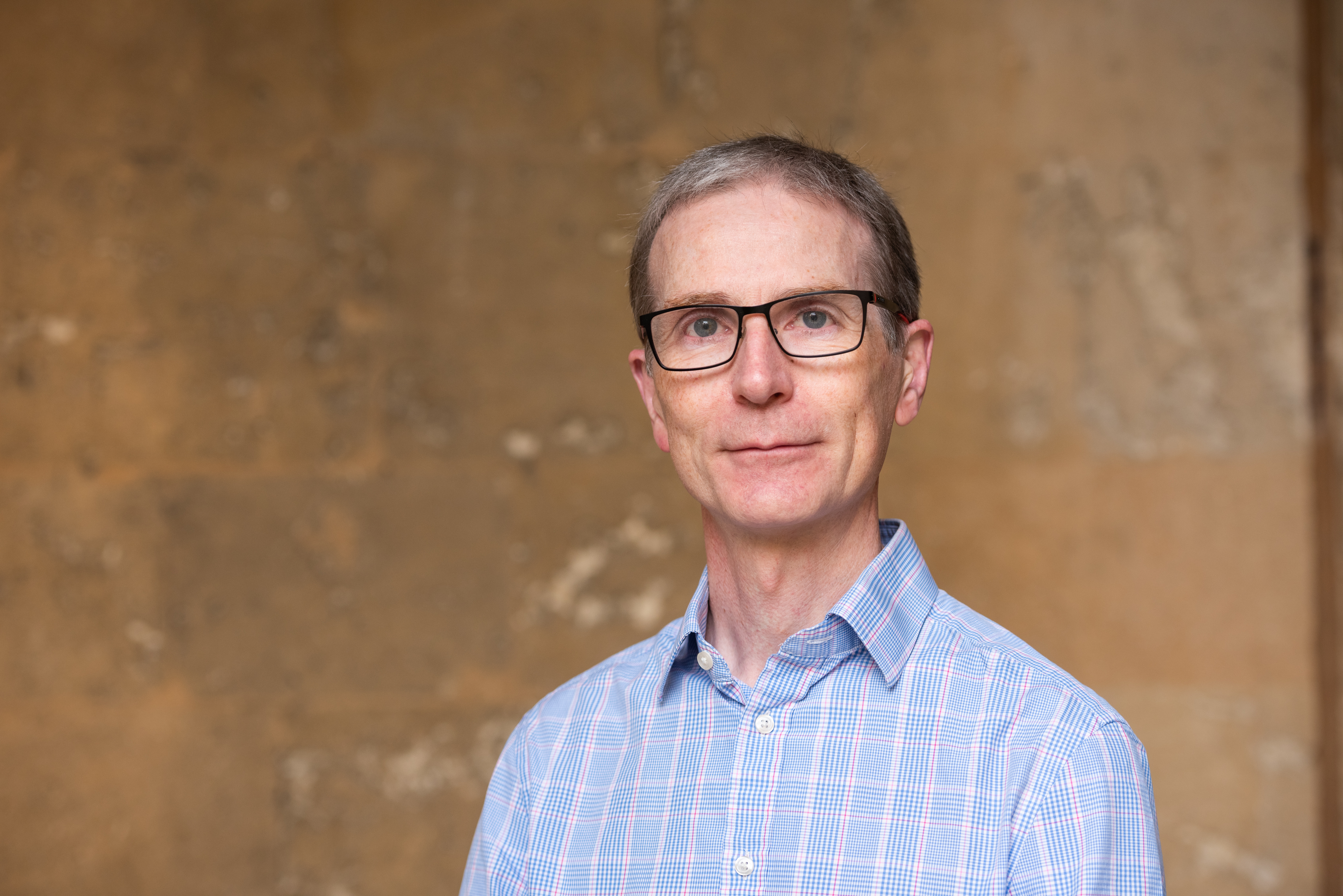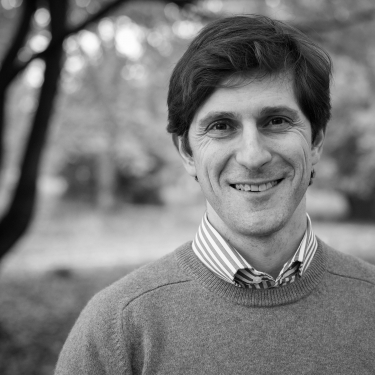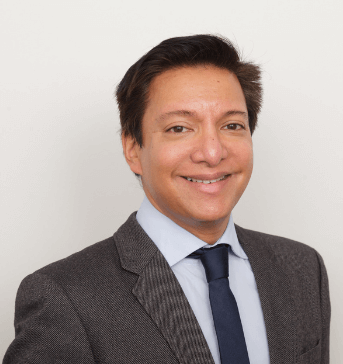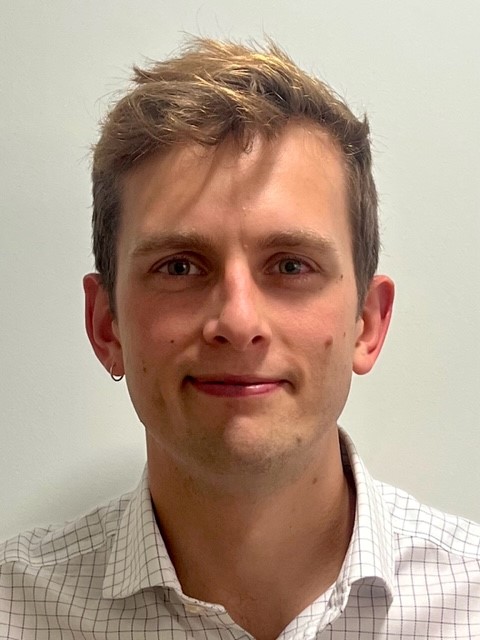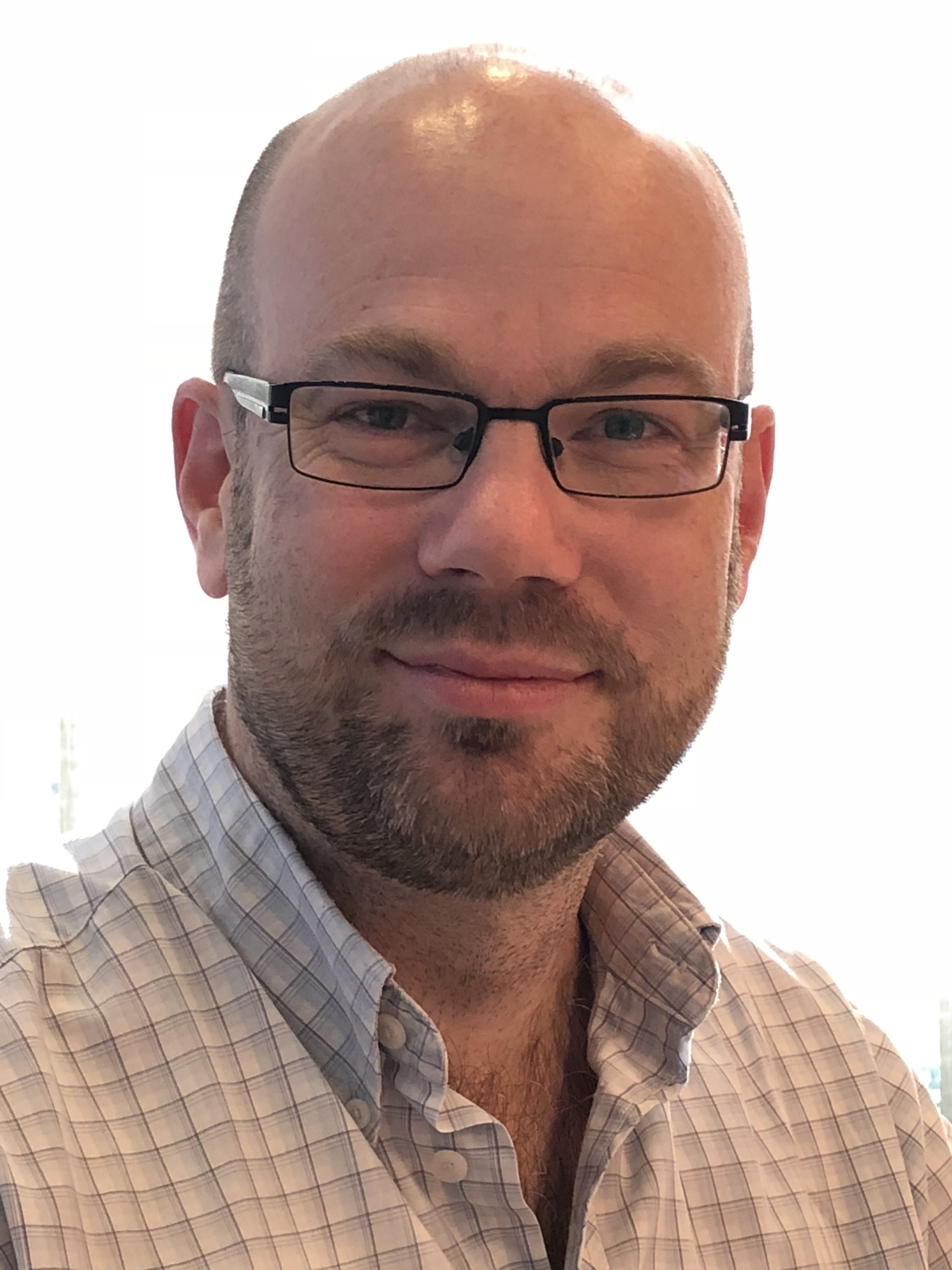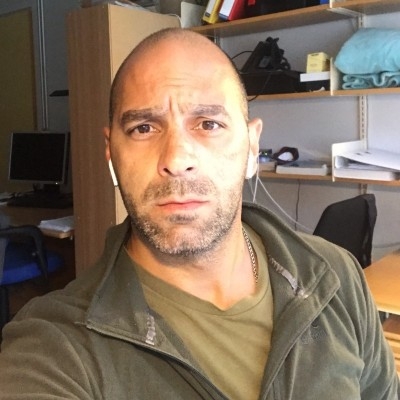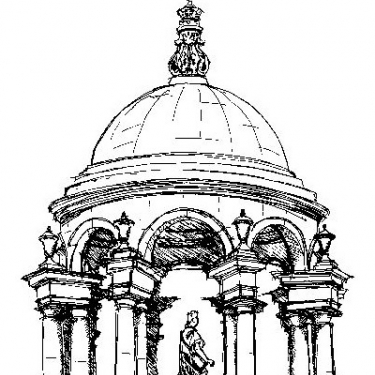Course
- BM BCh Medicine
- BA Medical Sciences
- MBiomedSci Biomedical Sciences
Queen’s enjoys a strong tradition in medicine and the biomedical sciences. Lord Florey, the Nobel Laureate who introduced penicillin as an antibiotic, was a Provost of Queen’s, and Sir Edward Abraham, who discovered the cephalosporin class of antibiotics, was a student here, and later became an honorary fellow of the College. The College Medical Society arranges guest speaker events and dinners, providing a lively forum for the discussion of medical and biomedical matters.
In addition to the current tutors listed, Professor Peter Robbins (former Head of the Department of Physiology, Anatomy and Genetics) is also a Fellow of the College, as is Professor Simon Leedham (Professor of Molecular and Population Genetics); we are in the process of appointing a further Professorial Fellow in Immunology.
Admissions
Queen’s welcomes applications for the six-year undergraduate Medicine course, for which we have a fixed quota of six places per year, and for the course in Biomedical Sciences, for which we offer up to two additional places. We do not currently accept applications for the accelerated (graduate entry) Medicine course.
The admissions process includes a rigorous, centralised shortlisting procedure, based in part on the biomedical admissions test (BMAT); shortlisted candidates are distributed between colleges in proportion to the number of places available and are each interviewed at two colleges. One of these will be the college of first choice (if a college was specified by the applicant) and the other will be assigned essentially at random. Offers are made after careful consideration of all aspects of the application except college preference. As a consequence, it is quite common for an applicant to be offered a place at a college that was not their first choice.
The courses
The three pre-clinical years of the Medicine course include the first two parts of the Bachelor of Medicine degree, which are examined at the end of the third term and the beginning of the sixth, respectively. Medical students then complete a BA degree in Medical Sciences, from the sixth term until mid-way through the ninth (the ‘Final Honours School’). The objective of the BA course is for the student to develop a critical understanding of research work in specialist areas of their own choosing. After the BA exams, a three-week course in Principles of Clinical Anatomy provides a useful bridge to the three clinical years.
Pre-clinical students remain in Oxford for the three years of clinical training (based at the John Radcliffe Hospital) provided they have completed the pre-clinical course, though they may change college at this stage if they so wish.
The Biomedical Sciences course provides a broad foundation in the first year, with courses covering cells, molecules, genes, brain, body, behaviour, mathematics and statistics. In the second year, students choose from a wide variety of options, covering aspects of psychology, neuroscience, physiology, genetics, developmental biology, pharmacology, cellular pathology and immunology. Students can choose to graduate after three years with a BA degree, which depending on the options chosen in the second and third years is either in Cell and Systems Biology, or in Neuroscience. The research-intensive fourth year leads to the award of a Master’s degree (MBiomedSci).
Teaching
At Queen’s, undergraduates have two or three tutorials per week during the courses for the first BM (medical students) and Part I exam (Biomedical Sciences students). The tutorial teaching provided by the College covers a wide range of disciplines. During the Final Honour School courses, undergraduates often have tutorials outside the College with specialist tutors who are in many cases leaders in their respective fields of biomedical research. Lectures and practical classes operate in parallel with the tutorials and are organised at the University level through the Medical Sciences Teaching Centre on South Parks Road.
During the clinical course students receive both tutorial and bedside teaching from the Clinical Tutors and Lecturers and from other clinicians with relevant expertise. This teaching runs in parallel with the extensive teaching programme provided by the clinical school.
Interviews
Shortlisted candidates are interviewed at two colleges, usually within a 24-hour period in early December. While the precise format varies, each interview will normally involve two or more interviewers and will address a published set of criteria (see Medicine selection criteria and Biomedical Sciences selection criteria). We consider tutorial teaching to be an essential part of the learning experience at Oxford, so during the interview we often aim to recreate the feel of one of these small-group teaching sessions. Ability to engage in a discussion of medical or scientific issues, to appreciate different points of view and to process new information effectively will be more highly valued than simple factual knowledge at this stage of the selection process.
